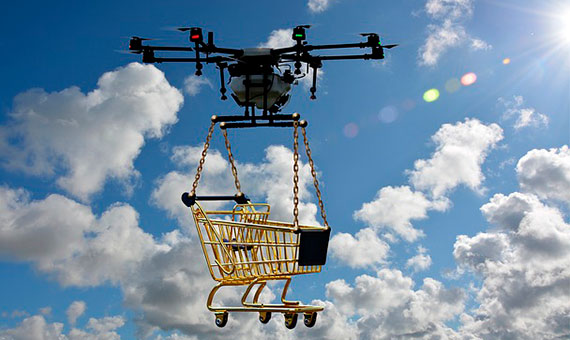Technology exists to push the limitations of science and make our lives easier. Businesses implement new and modern tech, so the consumer experience is easier and more enjoyable by all. These days, shopping includes handing over a lot of information, but in exchange for a streamlined purchase.
For companies to develop customer-centric mindsets, they must make the purchasing and shopping experience better. By making customers feel special or pandering to their busy lifestyle, businesses can get ahead of competitors who don’t focus on what customers want. In the age of the internet, positive word of mouth can go a long way. Here are a few ways emerging technologies will continue to change the way we shop.
1. Advertising Is Outdated
While advertisement campaigns are always good to get word about your business and products out to the masses, they aren’t as effective as they used to be. People can research anything at the touch of a button, including prices and product history. A smart shopper will research before making any purchase on their quest to save money, so making sure you have good things to show is essential.
These days, 81 percent of shoppers will do online research before making a purchase. According to Nielsen, confidence in television ads has gone down 24 percent, magazines down 20 percent and newspapers down 25 percent. Consumers are wary of doing business without making sure your company and product are reputable, despite what your paid ads may say.
2. Instant Gratification
Consumers know what they want, but they want to have their product right now. Automated purchasing is becoming another considerable shift, even more so than subscribed purchasing has. All people have to do anymore is either press a button or tell Alexa what they want to buy. Sometimes, even these methods aren’t fast enough.

The FAA is slowly allowing regulations for drones to make deliveries, cutting shipping time down from weeks or days to just a few hours. Whatever ends up happening, the next decade or so will have an entirely new level of customer service to make everything as fast and seamless as possible.
3. Self-Service
Many big companies like Wal-Mart offer self-service options where a customer can get what they want, pay and leave without interacting with anybody. Naturally, this reduces the time spent waiting in line, and check-out goes much smoother.
Now, businesses are thinking about adding interactive kiosks and screens to make check-out even faster. Some companies already allow check-out with in-store apps to skip the lines altogether. People want to be able to help themselves — or at least have the option to do so. Self-service technology is vital to growing industries.
4. Virtual and Augmented Reality
Virtual reality (VR) can “transport” people to new places and show off products they aren’t even near. While useful, VR isn’t practical for every business — especially retailers. Augmented reality (AR) is far more handy to nearly all business types.
If a customer wants to try on makeup or clothes, they could do so using photos or a live video of themselves with AR to how their potential purchase will look. Customers can view anything from cosmetics to interior design using AR.
5. Chatbots
Artificial intelligence (AI) is evolving into chatbots for consumers to get information immediately. Waiting to talk to a representative can take too long, but a bot able to handle every problem the customer has is getting more popular.
Many people do still want to speak to another person about their problem. However, chatbots are getting updated enough to take the matters out of employees’ hands and still have a satisfied customer. A chatbot can talk verbally or via text, so they can suit the customer’s needs in any way.
6. The Internet of Things
Utilizing data is how big companies are keeping their advertising campaigns in shape. With customers turning away from ads more and more, a company has to do something memorable and personal. Data allows businesses to market specific products to people who need them at the best possible moment.

The Internet of Things, or the IoT, is the primary source for data. The IoT stores data from all devices, no matter how seemingly useless the data is at first glance. Then, any company looking to get ahead of the game can organize and use the data. Organizing data from the IoT is no small feat, though. While there is a huge resource of information in data, getting and utilizing the rewards can be difficult.
Shopping in the Future
As technology and society changes, so too do companies to stay in business. People want instant gratification from a business with reputable standing and morally upright ideals. Consumers research the businesses they interact with, and they expect companies to do the same. While we live in an instantaneous world with a rapidly quicker pace, businesses are having to get creative in how they keep up.
Nathan Shykes
Comments on this publication